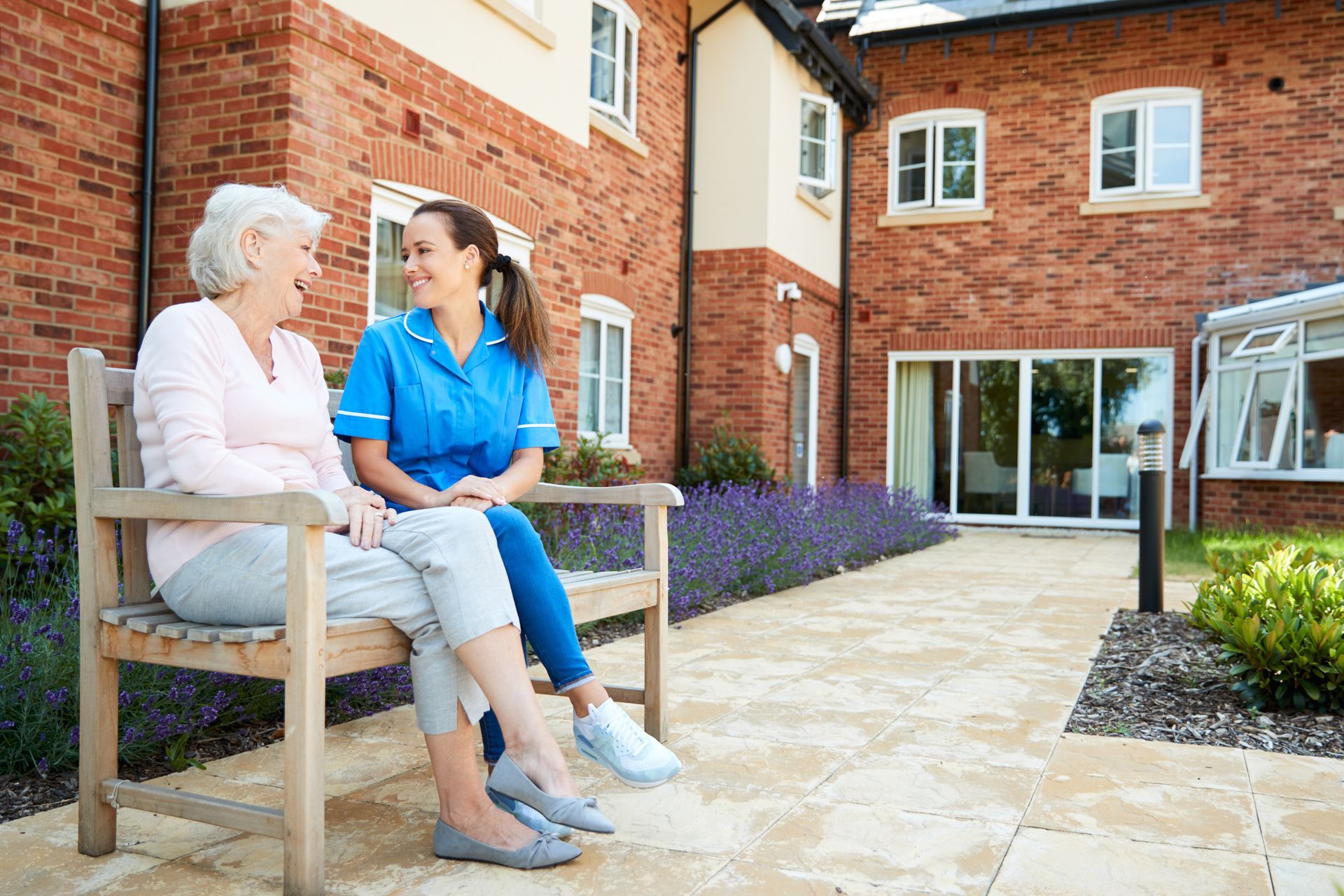BLOG
The 7 Stages of Alzheimer’s
Alzheimer’s disease is a particular form of dementia. All types of dementia include gradual impairment of the memory, which can eventually lead to a complete loss of self.
Not every individual will experience these seven stages in the exact same way, though it is still important to identify these various milestones of Alzheimer’s in order to fully understand what you or your loved one is going through at any particular point in time. This can also help to adjust the amount of care needed given the person’s current mental state.
Normal
Even without exhibiting any symptoms, it is possible for an individual to have dementia. During this initial Alzheimer’s stage the disease will only appear using advanced imaging technology such as a positron emission tomography (PET) scan, and even then the signs may not be easily detectable.
Very Mild Decline
The first symptoms of Alzheimer’s will start to become noticeable during the second stage, wherein individuals may start to misplace items or forget to complete certain tasks on their to-do lists.
It is incredibly easy to assume that these minor symptoms are simply a case of forgetfulness, though if they continue to worsen it is likely that the person is suffering from some sort of dementia or memory disorder.
Mild Decline
Small errors from stage two will gradually grow larger in stage three. Alzheimer’s will progress to the point where the person’s thinking begins to become altered. For example, they may:
- Repeatedly ask the same questions
- Difficulty in getting or staying organized with daily activities and tasks
- Quickly forgets the names of people that they just met, or forgets something that they just read
It is during this stage that most individuals become diagnosed with Alzheimer’s, as at this point the disease has advanced to a point that make its symptoms difficult to ignore. It is possible for a person to exist within these first few stages for approximately 20 years before the Alzheimer’s progression continues.
Moderate Decline
Once a person reaches the fourth stage of Alzheimer’s disease, their symptoms will become very clear to those around them. This primarily affects the short term memory. A person that experiences moderate decline in memory as a result of Alzheimer’s is likely to:
- Have difficulty in managing their finances
- Struggle to remember the current season or month that they are in
- Forget details about themselves
Moderately Severe Decline
At this stage, the Alzheimer’s progression has continued into more advanced stages. Once individuals with Alzheimer’s disease reach this point, it can become difficult for them to care for themselves all on their own.
It can be very helpful for loved ones to set out this person’s clothes for them in the morning, or to prepare meals for them. This way the person is still able to maintain a certain level of independence while also avoiding any potentially traumatic episodes of intense confusion.
Severe Decline
Additional care will likely be necessary near Alzheimer’s final stages. During the sixth stage, an individual with this mental disease will often have trouble in remembering names of their family members in addition to other people or places that should be very familiar to them.
If you have not already done so by this stage, it is important that you consider your options in terms of assistive care for your loved one as they continue to age with Alzheimer’s disease. By seeking additional help, you are able to protect your loved one from potentially dangerous situations while also alleviating unnecessary stress from yourself and other caregivers.
Very Severe Decline
Alzheimer’s disease is a terminal illness, meaning that after an individual reaches the final stage, they will likely pass away within a few years. On average, a person with Alzheimer’s is expect to live for another 11 years after their initial diagnosis. This of course depends heavily on what stage of the disease they were in when the diagnosis was made.
Common symptoms to occur within this Alzheimer’s end stage include:
- Loss of ability to coherently communicate with others
- Significant loss in physical abilities and functions
- Need for assistance with a wide variety of daily tasks














